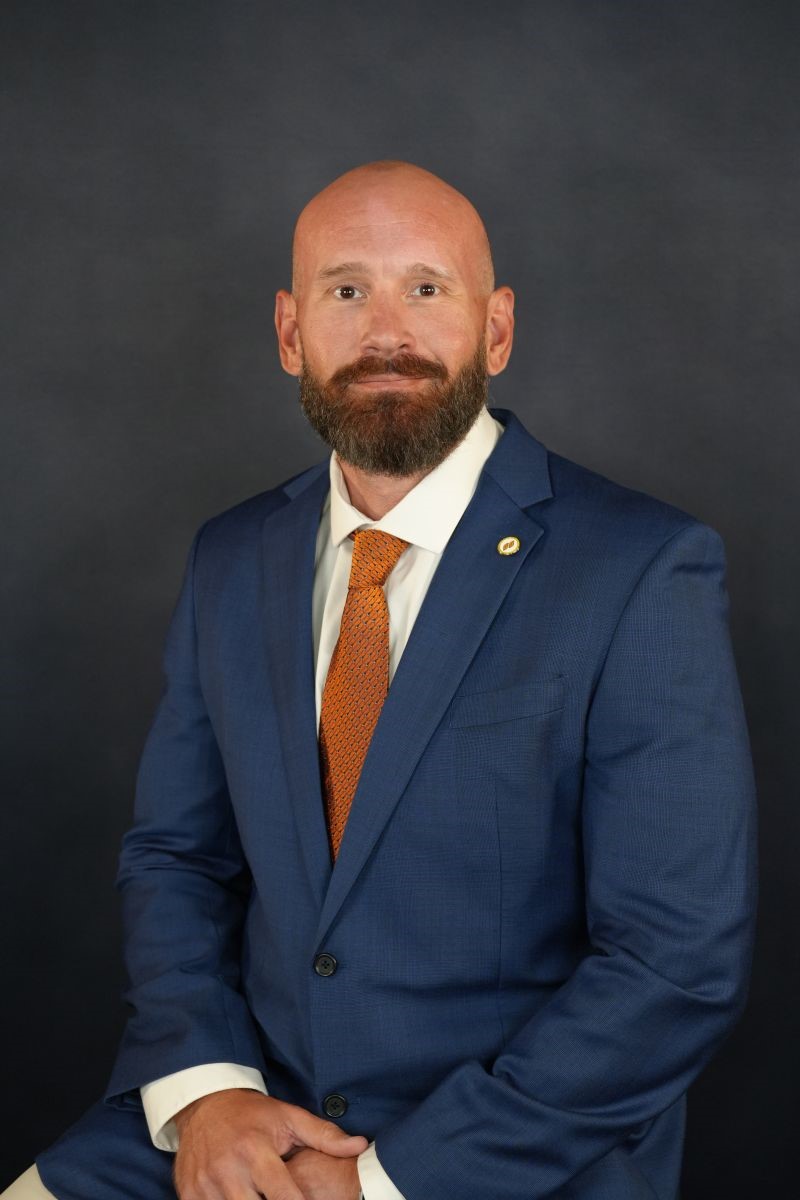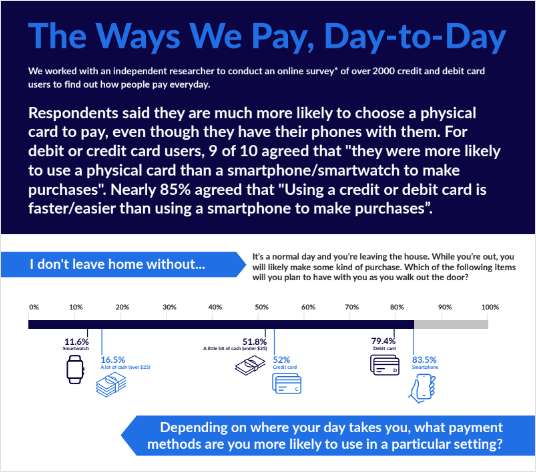The Rundown
- By 2025, the United States will have around 4,500 credit unions.
- Many smaller credit unions don't have the wherewithal to compete with banks.
- The cost of technology and regulations will continue to take a toll.
Every day, six days a week, a credit union closes and never re-opens.
That has been going on for many years. More than 3% of credit unions have annually closed for the past decade. By 2025, the United States will have around 4,500 credit unions.
Do the math. Look to your right, look to your left. One in three credit unions will vanish by 2025.
“The herd is thinning,” said Ted Bilke, president of San Diego-based core system provider Symitar Systems, who said that Symitar, in its market analysis, is assuming a continued 3% annual attrition.
That mortality rate raises questions. First, who is likeliest to die?
“The ones that go away are the smallest credit unions,” said Mike Schenk, a CUNA vice president in Madison, Wis.
How small is small? “Opinions vary about the smallest sustainable size,” said Bill Myers, head of the NCUA's Office of Small Credit Union Initiatives. He said, however, “below $30 million in assets, it is hard to establish a fully functioning, sustainable credit union.”
Other experts pick higher numbers. Consultant Marvin Umholtz said a minimum of $100 million in assets is necessary for viability, and he noted that as of September 2012, there were around 1,400 credit unions with that bulk.
Stuart Perlitsh, CEO of Glendale Area Schools, a $327 million California credit union, also sees $100 million as the number to hit.
“Credit unions less than $100 million in assets are merging,” he said. “[They] lack the resources to provide the products and services required of a financial institution. Credit union members want home banking, bill pay, ATM access, remote-deposit capture. And they want it free. At the same time, debit interchange income is declining. The compression to the bottom line is huge. The speed of mergers and consolidation will move quickly.”
But some see the bar set higher. Peter Duffy, managing director at investment bank Sandler O'Neill in New York, said, “Somewhere around $500 million you start to have scale. If your management is good, you can be competitive at $500 million. Below $500 million it's mathematically difficult to be competitive.”
Size matter, but the death of small credit unions is not an inescapable conclusion. The NCUA's Myers did not in his carefully selected words issue a death sentence for many thousands of small credit unions He said $30 million is the minimum to be fully functioning, but that's a hedge and outside that perimeter are the many institutions that are in effect savings clubs with a credit union charter. They often have no paid staff. and their services amount to savings products and issuance of loans, often unsecured signature loans, and maybe car loans.
Fred Becker, CEO of NAFCU, pointed to Shiloh of Alexandria Federal Credit Union, a $2.4 million credit union affiliated with Shiloh Baptist Church of Alexandria, Va., as a case in point of a successful, tiny credit union with a future. “I have been there. It will be around as long as it has the support of its church deacons, and there is no reason to think that will change,” said Becker.
Have impassioned support of a membership that believes, the impossible become possible, and credit unions that on paper should evaporate can stay alive.
The ones in peril are the ones that find themselves competing across the product spectrum with much larger institutions, and their difficulty, said consultant Tom Glatt Jr., is that they don't have the money to grow. They also are whipsawed by not having the size to effectively compete on an efficient basis with larger credit unions and banks.
Bilke wrapped grim specifics around his forecast. “When you look out to 2025, among credit unions with up to $50 million, there will be 50% fewer”
Very few of these institutions actually fail. Conservatorships by NCUA are rare. Mergers, typically into bigger credit unions, are the preferred exit route and a good merger solves two problems. It puts a small credit union out of its pain, and it also enables a bigger credit union to grow by delivering members who already are sold on the credit union difference. And that is probably the biggest challenge for any credit union to communicate to nonmembers.
In Arlington, Va., Theresa Mann knows a lot about mergers as she carves out a path to survival for small credit unions with The Partnership, a federal credit union where she serves as CEO. It now has $144 million in assets. In 2008, when it essentially was just the credit union for employees at the FDIC, it had $70 million in assets.
But at that size, Mann realized, its future was perilous. So she engineered bringing in other credit unions, from the National Science Foundation's employees to employees of Fannie Mae.
Those moves have doubled her credit union's size but, said Mann. “We are not big enough to do what we want to do at our current size.” She added that she is on the hunt for additional merger partners that will help achieve economy of scale.
Is she doing enough, fast enough? Mann lately has come to think that maybe the $500 million number is the right size for credit union health, so she knows she needs to stay alert to growth possibilities. “We want to get bigger,” she stressed, “so we can offer our members more.”
Merger may be the exit route of choice for some institutions. But what about the small credit unions that are not there yet?
In San Bernardino, Calif., Gregg Stockdale, CEO of $35 million 1st Valley Credit Union, knows that he is sitting on a sharp stick. “We used to think we knew the answers, now we know we don't even know the questions,” sighed Stockdale who, incidentally, is said by experts to be running a small credit union that has a good future despite its size.
“Most small credit unions aren't making headway, they just are struggling to keep bobbing in the waters,” he said. And, suggested Stockdale, the waters are getting deeper and more turbulent, at least for small credit unions.
“The biggest challenge is adapting to technology,” said Red Bank, N.J., CPA Bob Fouratt, a managing partner in the Curchin Group, an accounting firm with credit union clients. He pointed to home banking and mobile banking as must haves that nonetheless baffle many smaller institutions, both technologically and in terms of costs to implement.
But there is not much choice, suggested banking futurist Brett King who indicated that the typical credit union customer is nearing 50 years of age, and the younger demographic that is needed to forestall marketplace irrelevance sees the technology tools as a must-have.
Another cause of death, and a surprisingly common one,- is what some experts calling “aging out” of an institution's leadership, meaning the CEO and the board of directors. Few have succession plans in place. Faced with the need for a new CEO, some institutions decide that it just is simpler to merge the institution out of existence.
Experts said regulatory burdens that are the sharply rising costs of complying with primarily federal regulations also wound small credit unions. That price tag is on a straight up trajectory. Small credit unions are having a very hard time coming up with the money to pay the bills to stay compliant.
Another factor behind that dearth of small credit unions is that only two new credit unions are chartered each year, said Myers. Of those two, one will die within five years, added Myers. That means that new institutions are a negligible factor in any count of small credit unions.
As for solutions that will help small credit unions prosper, many eyes now are shifting to collaboration. That will help more small credit unions survive, said Myers.
“Credit unions are learning that before we all built silos, now we are turning more into a network,” said Stockdale. “We reach out to other credit unions for assistance. We are outsourcing. We can't have staff to do everything.”
On the drawing board, or in pilot programs, said experts, are everything from shared compliance officers (the New Jersey Credit Union League has a case in point of pooled compliance assistance) to shared core systems and other hosted computing services.
Expect to hear more ideas for shared services because that is the way to deliver state of the art service at digestible costs. “Small credit unions can approximate the cost structures of large institutions when they pool together to buy services.” said Myers.
Such measures doubtless will help save many hundreds of energetic small credit unions. But the inevitability is that by 2025, several thousand smaller credit unions will be pared from the rosters.
And that will have impacts on the living.
How will healthy credit unions be impacted? That question is raised by Henry Wirz, CEO of SAFE Credit Union, a $1.9 billion credit union headquartered in North Highlands, Calif. “Healthy credit unions do not merge,” said Wirz. He wonders how the 4,500 credit unions that are expected to be standing by 2025 will have been able to safely and profitably absorb perhaps 2,500 credit unions to get from now to then, particularly since almost all of the 2,500 are troubled by one definition or another.
“The capital cost [of merging a credit union with a troubled balance sheet] will also slow growth because absorbing troubled credit unions will mean there is less capital to meet regulatory requirements,” said Wirz. “The required capital levels are sure to grow and add to the problems caused by using capital to support mergers.”
Wirz, in that respect, wonders if it might be better for the industry just to liquidate the failing credit unions.
Complete your profile to continue reading and get FREE access to CUTimes.com, part of your ALM digital membership.
Your access to unlimited CUTimes.com content isn’t changing.
Once you are an ALM digital member, you’ll receive:
- Breaking credit union news and analysis, on-site and via our newsletters and custom alerts
- Weekly Shared Accounts podcast featuring exclusive interviews with industry leaders
- Educational webcasts, white papers, and ebooks from industry thought leaders
- Critical coverage of the commercial real estate and financial advisory markets on our other ALM sites, GlobeSt.com and ThinkAdvisor.com
Already have an account? Sign In Now
© 2025 ALM Global, LLC, All Rights Reserved. Request academic re-use from www.copyright.com. All other uses, submit a request to [email protected]. For more information visit Asset & Logo Licensing.









